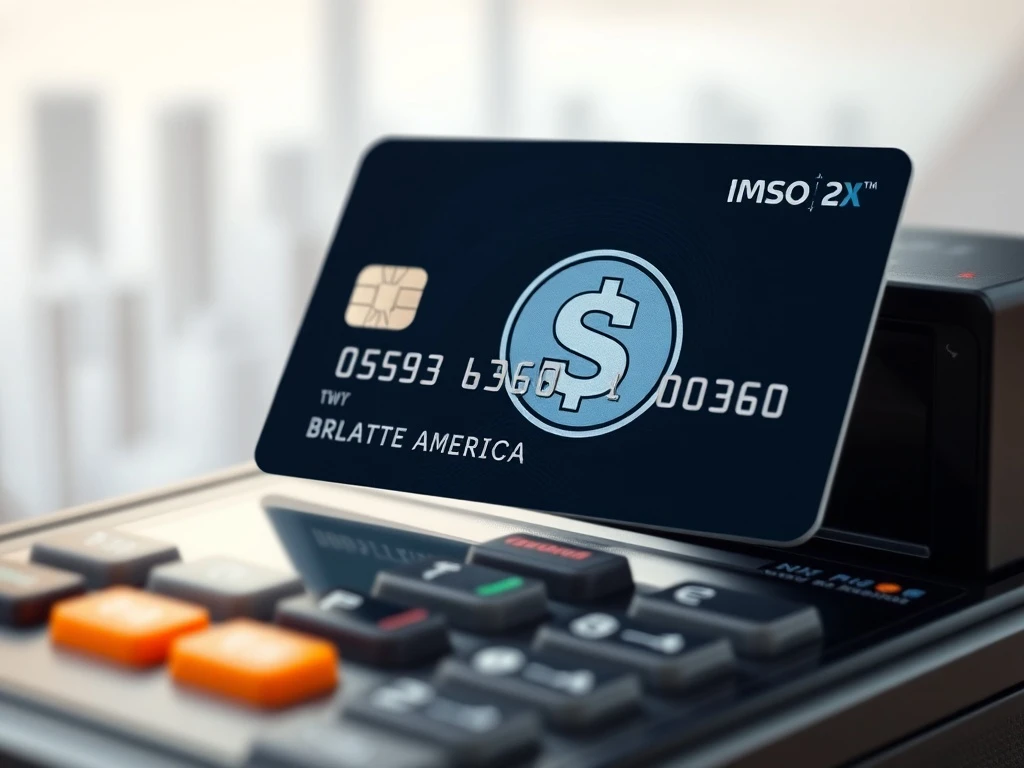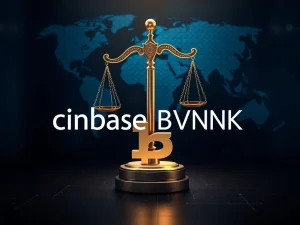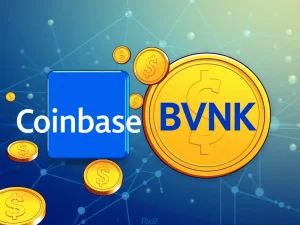Nubank Stablecoin Breakthrough: Unlocking Seamless Crypto Credit Card Payments

The financial landscape is evolving rapidly, driven by the convergence of traditional banking and digital assets. For cryptocurrency enthusiasts and everyday consumers alike, the news from Nubank marks a significant milestone. Latin America’s largest digital bank, Nubank, is poised to revolutionize how we use stablecoins. The institution recently announced plans for Nubank stablecoin integration directly into credit card transactions, signaling a new era for digital finance in the region.
Nubank’s Vision for Crypto Credit Card Payments
Nubank Vice-Chairman Roberto Campos Neto confirmed the bank’s intention to test stablecoin credit card payments. He shared this development at the Meridian 2025 event, emphasizing blockchain technology’s crucial role. Connecting digital assets with the traditional banking system remains a key objective. Consequently, Nubank aims to bridge the gap between innovative crypto solutions and everyday financial services.
According to local media reports, Campos Neto highlighted the bank’s broader strategy. This effort seeks to link digital assets with core banking services. He noted, “What the data shows is that people aren’t buying to transact, they’re buying as a store of value.” He further added, “And we need to understand why this is happening. I think it’s changing a bit, but we need to understand it.” This perspective underscores the evolving utility of cryptocurrencies beyond mere speculation. Moreover, the challenge for banks involves finding ways to accept tokenized deposits. They also need to use these assets to issue credit for clients, integrating them fully into the financial ecosystem.
The Journey of a Digital Bank into Crypto
Founded in São Paulo in 2013, Nubank has grown into a formidable digital bank crypto player. It serves over 100 million customers across Brazil, Mexico, and Colombia. The bank first ventured into the digital asset space in 2022. At that time, it allocated 1% of its net assets to Bitcoin. It also rolled out crypto trading services for its extensive customer base. This initial step demonstrated Nubank’s commitment to embracing the future of finance.
Further expanding its offerings, Nubank broadened its crypto lineup in March 2025. This expansion included the addition of four altcoins. Customers gained access to Cardano (ADA), Cosmos (ATOM), Near Protocol (NEAR), and Algorand (ALGO). This move diversified investment opportunities for its users. Additionally, Nubank plans to launch loyalty tokens on the Polygon blockchain. These initiatives collectively solidify Nubank’s position at the forefront of digital banking innovation in Latin America.
Soaring Stablecoin Adoption Across Latin America
Stablecoin adoption Latin America has surged dramatically in recent years. These dollar-pegged digital assets offer a refuge from high inflation and currency volatility, common issues in several regional economies. Therefore, their appeal as a reliable store of value and medium of exchange continues to grow. This trend is reshaping how people conduct daily transactions and manage their finances.
Brazil Stablecoin Boom and Regional Trends
Brazil stablecoin activity exemplifies this regional trend. In February, the president of the Central Bank of Brazil stated that 90% of crypto activity in the country was linked to stablecoins. This significant figure highlights their integral role in Brazil’s digital economy. The stability offered by these assets makes them attractive for various financial applications.
Beyond Brazil, dollar-pegged digital assets have gained substantial traction in Argentina. Here, inflation has exceeded 100% in recent years. A March 2025 report from Bitso revealed compelling statistics. USDt (USDT) and USDC (USDC) accounted for 50% and 22% of all cryptocurrency purchases in Argentina in 2024, respectively. The same report indicated that stablecoins made up 39% of all purchases on its platform across the broader Latin American region during 2024. This data underscores their growing dominance.

Stablecoins as a Lifeline in High-Inflation Economies
The rise of stablecoins is also evident in other Latin American nations. In July 2025, the Central Bank of Bolivia signed an agreement with El Salvador. This pact aims to promote crypto as a “viable and reliable alternative” to traditional fiat currencies. Bolivia lifted its crypto ban in June 2024. Since then, it has allowed banks to process Bitcoin and stablecoin transactions, fostering a more inclusive financial environment.
In Venezuela, where inflation reached 229% in May, stablecoins like USDt have started to replace the bolívar in daily commerce. This includes everything from groceries to salaries. Chainalysis data from 2024 shows that stablecoins constituted 47% of all crypto transactions under $10,000 in the country. This widespread adoption illustrates their practical utility and importance in stabilizing personal finances amidst economic turmoil. The integration of Nubank stablecoin capabilities will further empower users in such volatile markets.
The Future of Digital Banking and Crypto Integration
Nubank’s planned crypto credit card integration represents a significant step forward. It bridges the gap between the nascent digital asset economy and established financial systems. This initiative validates the increasing utility of stablecoins beyond speculative trading. It positions them as practical tools for everyday payments. Moreover, it highlights the growing readiness of major financial institutions to embrace blockchain technology.
The move by Nubank, a leading digital bank crypto innovator, will likely inspire other financial institutions. As stablecoin usage continues to expand, particularly in regions facing economic challenges, we can expect more such integrations. This evolution promises greater financial accessibility and stability for millions. Nubank is not just adopting technology; it is actively shaping the future of finance in Latin America.







